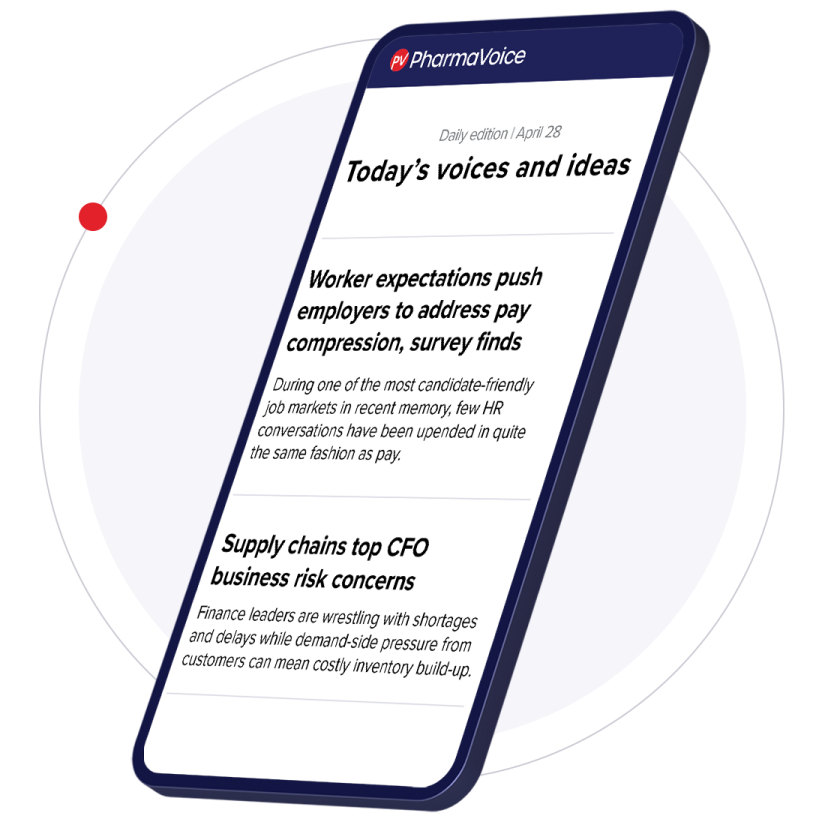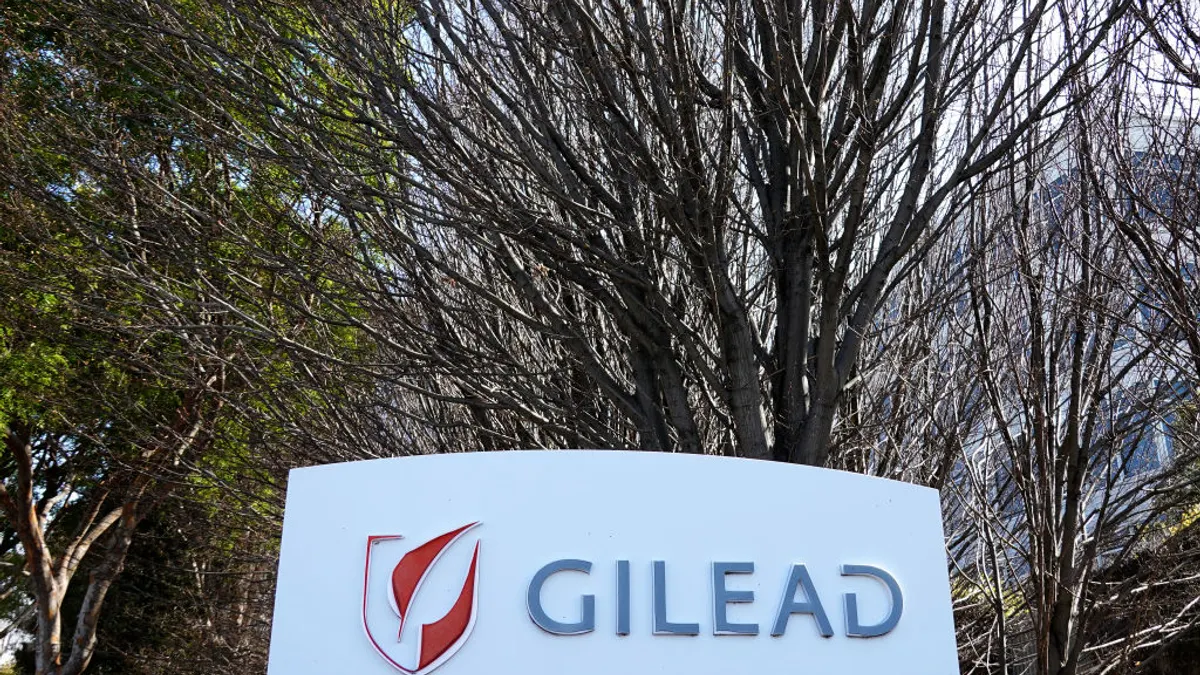The death of a 16-year-old boy taking a gene therapy this month dealt a fresh blow to the Duchenne muscular dystrophy community.
The patient died from acute liver failure months after starting Elevidys, the only FDA-approved gene therapy for DMD. Its maker, Sarepta Therapeutics, hasn’t ruled out the possibility that the treatment, which uses an adeno-associated virus vector to deliver its therapeutic gene payload, may have contributed to the fatality.
“The Elevidys patient death was due to liver failure, and liver injury is a known side effect of AAV gene therapy. But the investigation is still underway. We should know more in a few months,” Sharon Hesterlee, chief research officer at the Muscular Dystrophy Association, said in an email to PharmaVoice.
The teen also had a cytomegalovirus infection, which may have played a role in the outcome, according to Sarepta.
Regardless of what the investigation ultimately reveals, the tragedy raises questions about the safety of gene therapies — especially those made with AAVs.
The rise of AAVs
After AAVs were discovered in 1965, the technology quickly became an appealing alternative to adenovirus vectors, the first type used for gene therapy, because they were less likely to trigger the patient’s immune system. But AAVs carry their own set of challenges.
“The primary benefit of AAV vectors is that they are relatively non-immunogenic. This doesn’t mean that they cause no immune response, but the response is manageable compared to earlier vectors used like adenovirus, which provokes a strong immune response,” Hesterlee said.
AAVs are considered a non-integrating virus, meaning they don’t routinely insert their genetic material into the cell’s chromosomal DNA and are less likely to lead to cancer. However, this benefit comes with a trade-off: The therapeutic gene isn’t copied during cell division, causing it to dilute quickly in body tissues that rapidly divide, such as the skin, Hesterlee said. In other tissues, such as nerves, muscles or ocular tissues, AAVs can produce long-lasting gene expression, she said.
But AAVs are relatively small, which limits the payload they can carry compared with adenovirus vectors. For this reason, Elevidys uses a shortened and less functional portion of the dystrophin gene, micro-dystrophin, to treat DMD. AAVs are also expensive to make, and patients with pre-existing immunity to the different serotypes of the virus could get hit with side effects that rule it out as a therapy option, Hesterlee said.
While AAV-related immune reactions are less likely, the risk is not zero, Jake Mathon, director of cardiometabolic, infectious and genitourinary diseases at Citeline, said in an email to PharmaVoice. These responses can sometimes lead to liver damage, heart inflammation or the formation of small blood clots that damage organs or tissues. Even so, companies still see value in AAVs.
To date, more than 500 AAV gene therapy drugs are in development and six have been approved, Mathon said. But companies are also exploring viral and non-viral options.
AAV alternatives
“Lentiviruses and retroviruses are often used for cancer-focused gene therapy or gene therapy in tissues where cells are dividing,” Hesterlee said.
Genelux, EG 427 and SillaJen Biotherapeutics are all testing gene therapies using lytic virus, Herpes simplex virus or poxvirus. Ring Therapeutics is exploring anelloviruses.
Currently, there are more than 200 active gene therapy drugs that use these alternative vectors with 24 approvals, Mathon said.
“There is also a lot of interest in non-viral vectors, such as lipid nanoparticles or exosomes — these non-viral vectors may potentially allow repeat dosing and be cheaper to manufacture but the jury is mostly still out as they are all very new,” Hesterlee said.
Despite the potential risks of AAVs, they remain a promising delivery system for gene therapies.
“It is likely that [the] industry will continue with AAV development as there has been some success so far,” Mathon said. “There may need to be some more stringent warning labels regarding certain risks and mitigations to prevent those risks. But the industry will continue down this road, especially in the short term, as well as exploring other options that may prove to be safer in the long run.”










